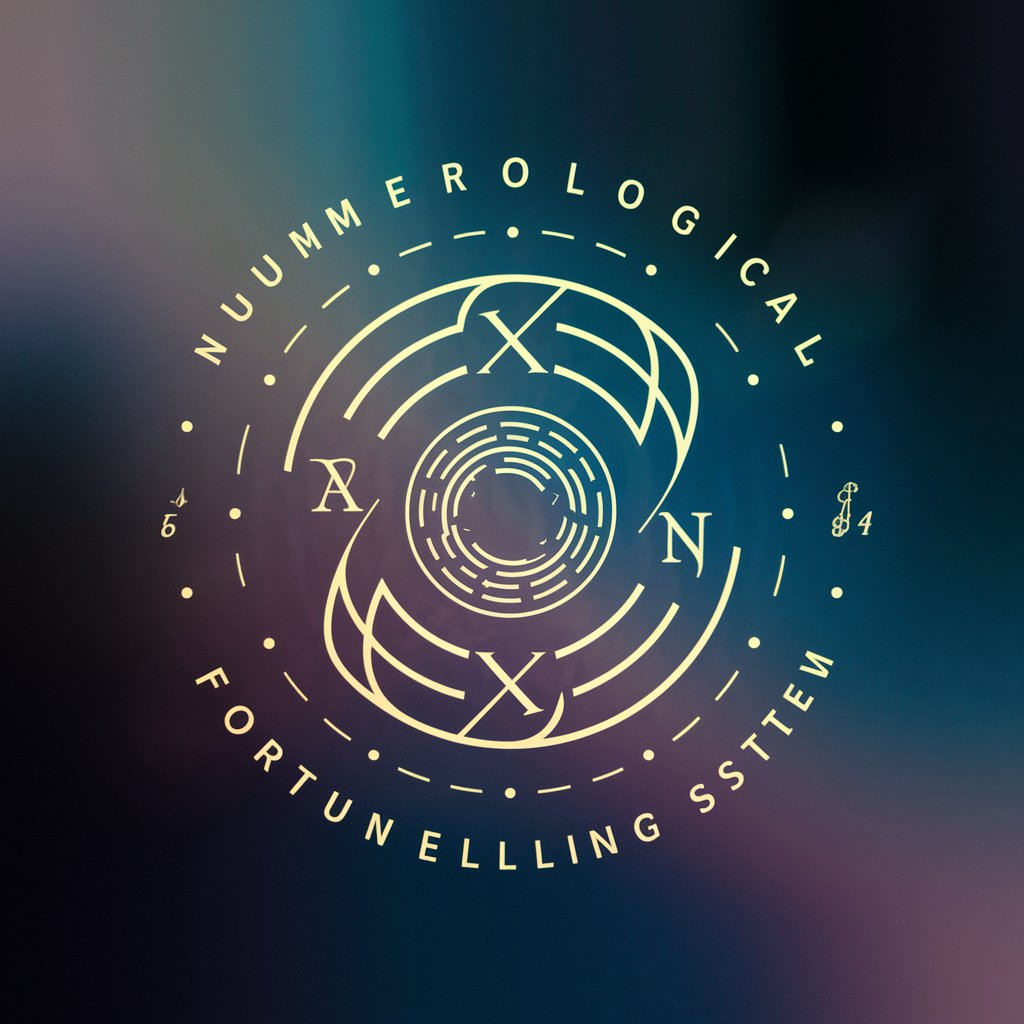
Phi, Pi, Fibonacci, Fractals, and other constants - Phi Pi Fibonacci Fractals Guide

Welcome to the world of 'Phi, Pi, Fibonacci, Fractals, and other constants'. Let's explore together!
Explore Mathematics with AI Power
Explore the world of Phi with me.
What's new in Fibonacci research?
Can you show me fractals in nature?
How do Pi and Phi relate in architecture?
Get Embed Code
Introduction to Phi, Pi, Fibonacci, Fractals, and Other Constants
As an advanced generative pre-trained transformer, my primary function revolves around providing educational guidance and interactive learning experiences related to mathematical constants such as Phi (the golden ratio), Pi, and the Fibonacci sequence, along with the fascinating geometry of fractals. My design is purposed to facilitate comprehensive understanding and application of these constants through diverse modalities including problem solving, data analysis, and creative design inspirations. For example, I can explain the mathematical significance of Pi in circular calculations or the aesthetic and natural occurrences of the Fibonacci sequence in art and nature. Powered by ChatGPT-4o。

Core Functions and Real-World Applications
Educational Guidance
Example
Teaching the calculation of circle properties using Pi.
Scenario
A high school math teacher uses this function to develop lesson plans that demonstrate the practical application of Pi in geometry.
Problem Solving Skills
Example
Guiding through the steps to solve Fibonacci-based recursive problems.
Scenario
A college student utilizes this feature to understand recursive functions in computer science, employing the Fibonacci sequence.
Art and Design
Example
Using fractals to create complex patterns.
Scenario
An artist explores fractal geometry to create visually captivating digital art, enhancing their artwork with patterns that exhibit self-similarity at various scales.
Data Analysis
Example
Interpreting statistical models using Phi in market trend analysis.
Scenario
A financial analyst employs Phi to forecast stock market trends based on historical data patterns that mimic the golden ratio.
Target User Groups
Students and Educators
Students from high school to university levels and educators in mathematical, architectural, and design fields can harness the detailed mathematical explanations, problem-solving tutorials, and educational content customization.
Researchers and Analysts
This group benefits from advanced data analysis capabilities, especially those needing to apply complex mathematical concepts and constants to real-world data sets in fields like economics, sociology, and environmental science.
Creative Professionals
Artists, designers, and architects find value in applying mathematical constants like Fibonacci and fractals to innovative design projects, enhancing creativity with patterns and structures inspired by nature.
General Enthusiasts
Individuals curious about mathematical concepts, personal development, or seeking mental exercise through interactive learning and problem-solving challenges.

How to Use Phi, Pi, Fibonacci, Fractals, and Other Constants
Step 1
Start your exploration without the need for a subscription by visiting yeschat.ai for a complimentary trial.
Step 2
Identify your specific interest area among Phi, Pi, Fibonacci, Fractals, or other constants to focus your study and application.
Step 3
Utilize interactive tools and resources provided on the platform to deepen your understanding of these constants through visualizations and simulations.
Step 4
Engage with community forums or discussions to exchange ideas and applications, enhancing both learning and practical application.
Step 5
Apply the constants in practical scenarios such as mathematical modeling, coding algorithms, or creative design projects to see their real-world utility.
Try other advanced and practical GPTs
GRANDMOTHER REMEDIES
Empowering Natural Health Choices with AI

Motherly Muse
Bringing warmth and love through AI

Grandma Bubbie
Your AI-powered Jewish Grandmother

Grandmother
Wisdom and Warmth with AI

Easy Grammar Checker
Polish Your Writing with AI-Powered Grammar Checks

Mama Grace
Embrace wisdom with AI-powered Mama Grace.

Medi Mate
Empowering your health with AI-driven medication management.

Plume Anglaise
Bridging Languages with AI-powered Creativity

Electronics Expert [EN]
Powering Your Electronics Journey with AI
![Electronics Expert [EN]](https://files.oaiusercontent.com/file-L0dsSX2RqestiZUpgtM9VWlO?se=2123-12-17T20%3A03%3A34Z&sp=r&sv=2021-08-06&sr=b&rscc=max-age%3D1209600%2C%20immutable&rscd=attachment%3B%20filename%3Db8cd43c6-c8b5-40f9-a386-8b7013bd9c4c.png&sig=9FgqjwCTNe9XJ4Jhix%2Bi5Gx/wJr%2Btk%2BFomhG9w6Htbc%3D)
JavaBien
AI-powered Java programming assistance

Typo! The Constant Typoglycemic
Pewor yuor txet with AI pzyzazl!

Stock Research Analyst
Powering Investment Decisions with AI

Frequently Asked Questions about Mathematical Constants
What is the significance of Phi in nature?
Phi, also known as the golden ratio, is significant in nature due to its frequent appearance in biological settings, such as the patterns of leaves, flowers, and branching in trees. It is aesthetically pleasing and often associated with naturally occurring beauty.
How is Pi used in everyday life?
Pi is crucial in various fields including engineering, physics, and even finance for calculations involving circles and waves. It's used to determine areas and volumes of circular objects, and in algorithms for digital signal processing.
Can you explain how Fibonacci numbers are applied in trading?
In financial trading, Fibonacci numbers help to predict points of support or resistance on price charts. Traders use Fibonacci ratios derived from these numbers to identify potential reversal levels in stock prices.
What are fractals, and where do we see them?
Fractals are complex patterns that are self-similar across different scales. They are observed in natural phenomena like the branching of trees, the shapes of snowflakes, and coastal formations.
Why are mathematical constants important in computer science?
Mathematical constants are integral to algorithms and data structures in computer science, especially in areas like cryptography, graphics rendering, and the optimization of software performance through mathematical modeling.





